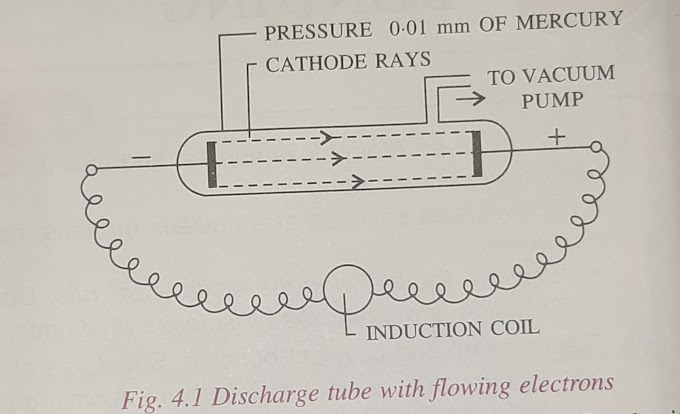ICSE - Chapter-1 Cell-The Structural and Functional Unit of Life, Important Question and Notes
Cell - Structural and Functional Unit
All organisms are made up of cells. All cells perform minute functions which constitute a task done in the body of the organism. Life begins as a single cell. This cell divides to produce many cells. These cells become specialised to perform various functions.
- All living beings are made up of cells.
- The cell is the basic structural and functional unit of the body.
- The cells are mostly same in chemical composition and metabolic activities.
- All cells arise from pre-existing cells.
Larger the organism, greater the number of cells. Unicellular organisms include bacteria and fungi. Plants and animals are multi-cellular organisms.
All cells can be seen only with the help of a microscope. Certain bacteria and red blood cells in humans are the smallest. Nerve cells are the longest. The largest cell is the yolk of an ostrich’s egg. The albumen and the shell are extra parts added to the cell.
An average human has:
- 200 different types of cells.
- 37.2 trillion cells in total.
- 100 billion nerve cells in the brain cortex.
- 25 trillion red blood cells.
The shapes of cells are based on the functions they perform:
- Red blood cells are circular and biconcave, for easy passage through the capillaries.
- White blood cells are amoeboid, with pseudopodia for easy passage through narrow spaces.
- Nerve cells are long, to conduct impulses to long distances.
- Guard cells are bean-shaped, to facilitate the easy opening and closing of stomata.
Gross structure of a cell:
1. Cell membrane:
- It is a living part of the cell.
- It is semi-permeable. It allows only certain substances to pass through it, while preventing others.
- An additional cell wall is present at the outer side of the cell membrane in plant cells, called cell wall. It is made of cellulose. It gives shape and rigidity to the plant cells. It is freely permeable.
2. Cytoplasm:
- It is the part of the cell inside the cell membrane and outside the nucleus.
- It is a semi-liquid substance.
- Chemical reactions occur here.
- Cell organelles which perform various functions are present here.
- The part of the cytoplasm, excluding the cell organelles is called cytosol.
3. Nucleus:
- It is a spherical body in the centre of the cell.
- It is surrounded by a double layered nuclear membrane which has nuclear pores.
- The nuclear membrane is filled with nucleoplasm.
- It has one or more nucleoli.
- The nucleoplasm contains thread-like structures called chromatin fibres. They form chromosomes during cell division.
Differences between plant and animal cells:
- Plants cells are usually larger and animal cells are usually smaller.
- Plant cells have a cell wall which animal cells do not.
- Cytoplasm is not so dense in plant cells whereas cytoplasm is denser and granular in animal cells.
- Plant cells have thin cytoplasm whereas animal cells are almost entirely filled with cytoplasm.
- Plastids are present in plant cells but they are not present in animal cells.
- Centrosome is absent in plant cells but it is present in animal cells.
- Vacuoles are large and prominent in plant cells whereas they are small and temporary in animal cells.
Experiment to observe the epidermal cells of an onion
Take an onion and cut it into four quarters. Take one quarter and remove a fleshy leaf and tear it from the inner concave side. Remove a thin transparent peel using a pair of forceps and put it in a watch glass of water.
Cut a small square piece of the peel and put it on a slide having a drop of water. Cover the peel with a cover slip so as to stop it from wrinkling. Adding a stain like iodine or eosin solution will make the nucleus more distinct. Observe this specimen under a microscope.
Notes:
- The cells are firmly bound.
- The nucleus in all cells are placed towards one side.
Experiment with Amoeba
Amoeba is a single-celled organism. It carries out binary fission. If the nucleus is removed from an amoeba cell, it dies. If the nucleus from one amoeba cell is transplanted to another amoeba cell, the recipient survives while the donor dies.







0 Comments
Hope Everyone Reading my posts are gaining KNOWLEDGE and able to know something new and informative.
📚📖📕🧾📝😅
Sharing is Caring. So please share this website with everyone you know so that they can also improve their KNOWLEDGE !!!